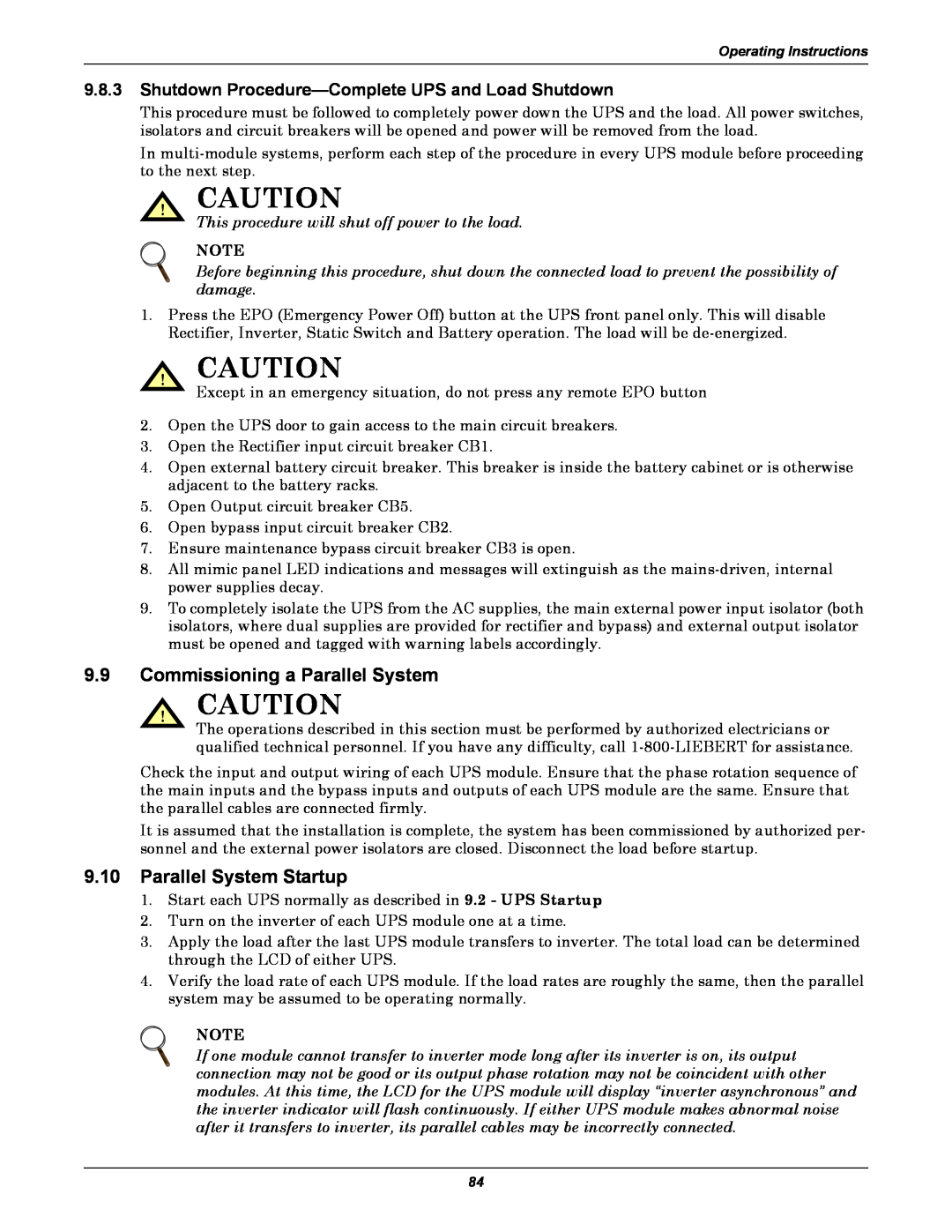60HZ, 480V specifications
The Emerson 40-120KVA UPS is a high-performing uninterruptible power supply designed to ensure the reliability and continuity of critical operations across various industries. This UPS operates at 480VAC and 60Hz, making it suitable for environments where high-power demands are common.One of the standout features of this UPS system is its modular design, which allows for easy scalability. Organizations can expand their power capacity as their needs grow, making the Emerson 40-120KVA UPS a future-proof investment. The system operates with high efficiency, minimizing energy consumption and operational costs. This is vital for data centers and industrial applications where energy management is increasingly important.
The Emerson UPS incorporates advanced digital signal processing technology, delivering real-time monitoring and control. This enhances the overall performance and reliability of the system, providing seamless power protection against voltage fluctuations, surges, and interruptions. With a total harmonic distortion of less than 5%, the UPS ensures a clean and stable power output, preserving the integrity of sensitive electronic equipment.
Another noteworthy characteristic of the Emerson 40-120KVA is its redundancy features. The system supports N+1 redundancy, allowing for one extra module to ensure uninterrupted service in case of a failure. This design offers peace of mind for critical applications, ensuring that there is no single point of failure.
User-friendliness is also a significant aspect of the Emerson UPS. The intuitive graphical user interface simplifies monitoring and management, allowing operators to assess system performance and status at a glance. Additionally, remote monitoring capabilities enable real-time tracking of system health and performance from anywhere, providing flexibility and oversight for facility managers.
The Emerson 40-120KVA UPS also meets stringent safety and compliance standards, ensuring reliable operation in demanding environments. Its robust design is suitable for a variety of applications, including information technology, telecommunications, and industrial processes. Overall, the Emerson 40-120KVA UPS stands out as a reliable, efficient, and versatile solution for businesses aiming to safeguard their critical power supply against any disruption.

